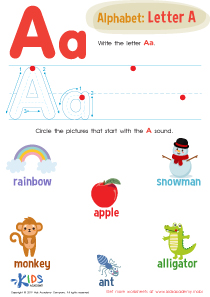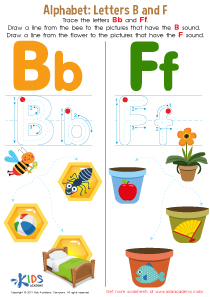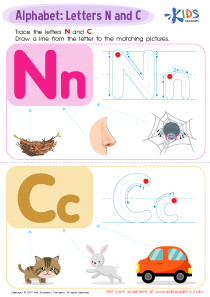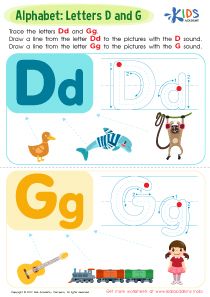Letter I Worksheets for Ages 6-8
4 filtered results
-
From - To
Enhance your child's alphabet mastery with our engaging "Letter I Worksheets for Ages 6-8." Designed specifically for young learners, these worksheets offer a variety of fun and educational activities to strengthen letter recognition, handwriting skills, and phonetic awareness. Each worksheet features colorful illustrations and interactive exercises to keep children motivated and entertained as they practice writing the letter I, identifying its sound, and connecting it to everyday words. Perfect for both classroom and at-home learning, these resources provide essential support to bolster your child's literacy foundation. Download our worksheets today to help your child excel!
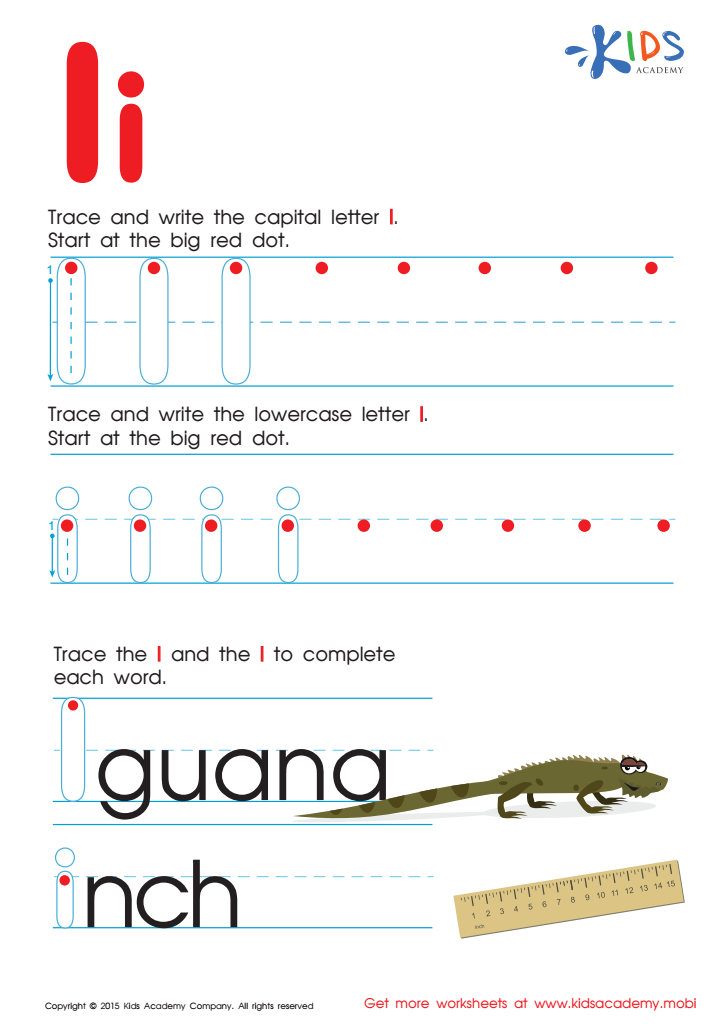

Letter I Tracing Page


Letter I Tracing Worksheet
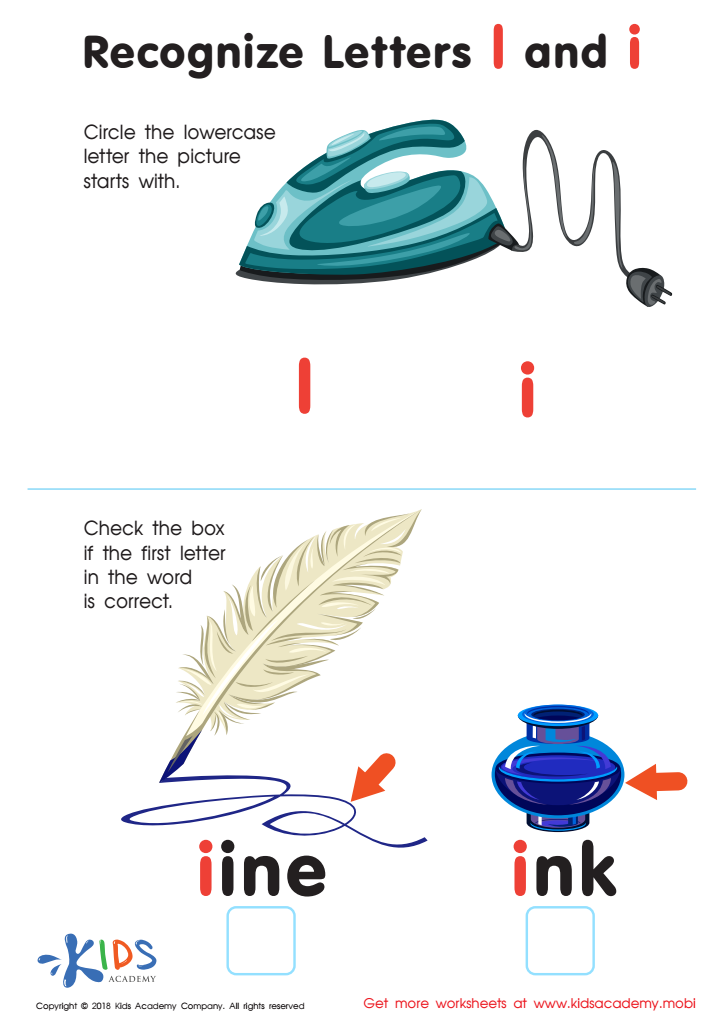

Recognize Letters l and i Worksheet
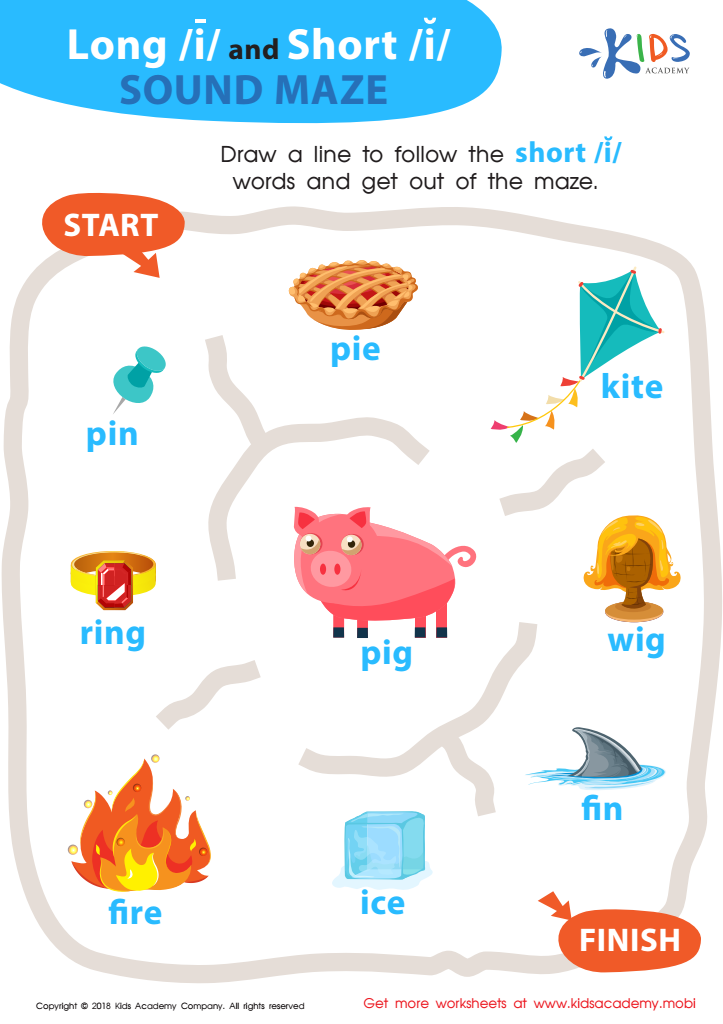

Reading: Long I and Short I Sound Maze Worksheet
For children ages 6-8, the letter "I" plays an essential role in their early literacy development, serving as a cornerstone for reading and writing proficiency. At this crucial developmental stage, mastering individual letters like "I" boosts a child’s confidence and sets the foundation for more complex language skills. Recognizing and comprehending the letter "I" helps young learners start forming simple words, such as “I,” “in,” “it,” and “is,” which are fundamental for constructing sentences and fostering communication.
Parents and teachers should focus on the letter "I" because it typically appears in common sight words and high-frequency words, enabling easier word recognition. This contributes to improved reading fluency, making reading less frustrating and more enjoyable, thereby encouraging a lifelong love of learning. Moreover, the ability to write the letter "I," both uppercase and lowercase, supports fine motor development and promotes better handwriting.
Investing time in teaching the letter "I" provides immediate benefits, like smoother reading sessions and enhanced self-esteem, and it contributes to long-term academic success. By prioritizing foundational skills, parents and educators help children develop a robust base on which to grow their literacy capabilities, serving as a stepping stone toward higher education and effective communication skills.
 Assign to My Students
Assign to My Students






